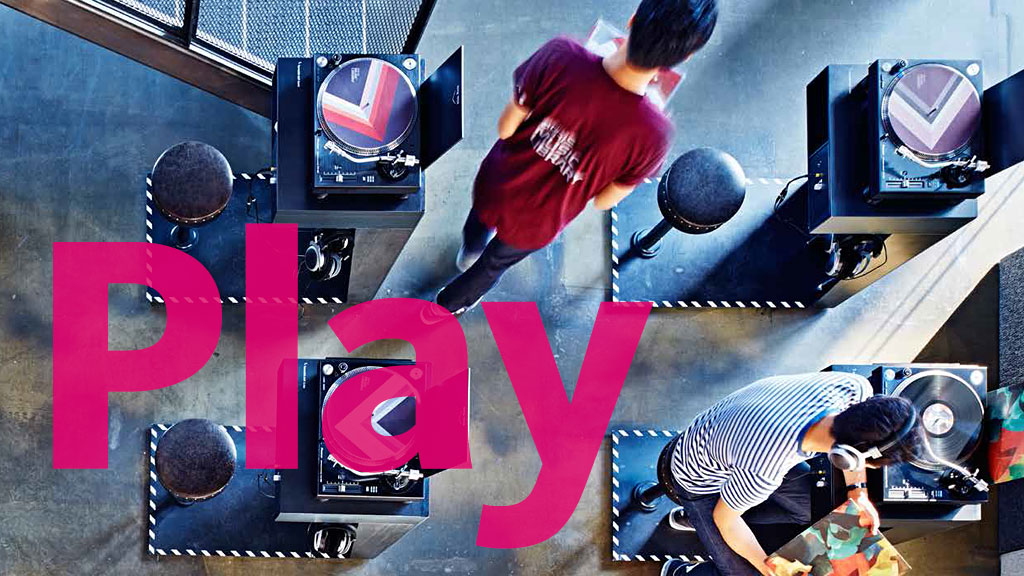Lifestyle Forecast
Infinite choices, socioeconomic diversity, globalization, inclusiveness, and on-demand access will give rise to “micro-brands” that express affinities and values, rather than broader appeals to demographic or geographic segments. As the world becomes more subdivided, brands will need to respond by becoming more specific, customized, and targeted. Buoyed by passion for their customer segments, brands can build strong communities through shared beliefs, such as individual empowerment and social awareness.

Saving and carving quality time will be front-of-mind for consumers. People are willing to pay a premium for products and services that give them back their time. This could take on a service component, as in a concierge or virtual personal assistant. Designers can respond by creating multi-functional elements and experiences. Places where one can entirely “unplug” and escape digital life will become the ultimate luxury-living experiences.
To reach time-strapped consumers, brands will seek to create new types of experiences: real-time, one-time-only; shared, but individuated; and participatory, rather than imposed. Ritualistic experiences provide places to connect with like-minded fans.
Digital culture has bred a generation of consumers who expect speed, interactivity, and a world of choice, but also more engaging, humanized brand connections. Entertainment destinations will integrate smart devices, apps, and wearables into their experiences to make them both personalized and inviting.
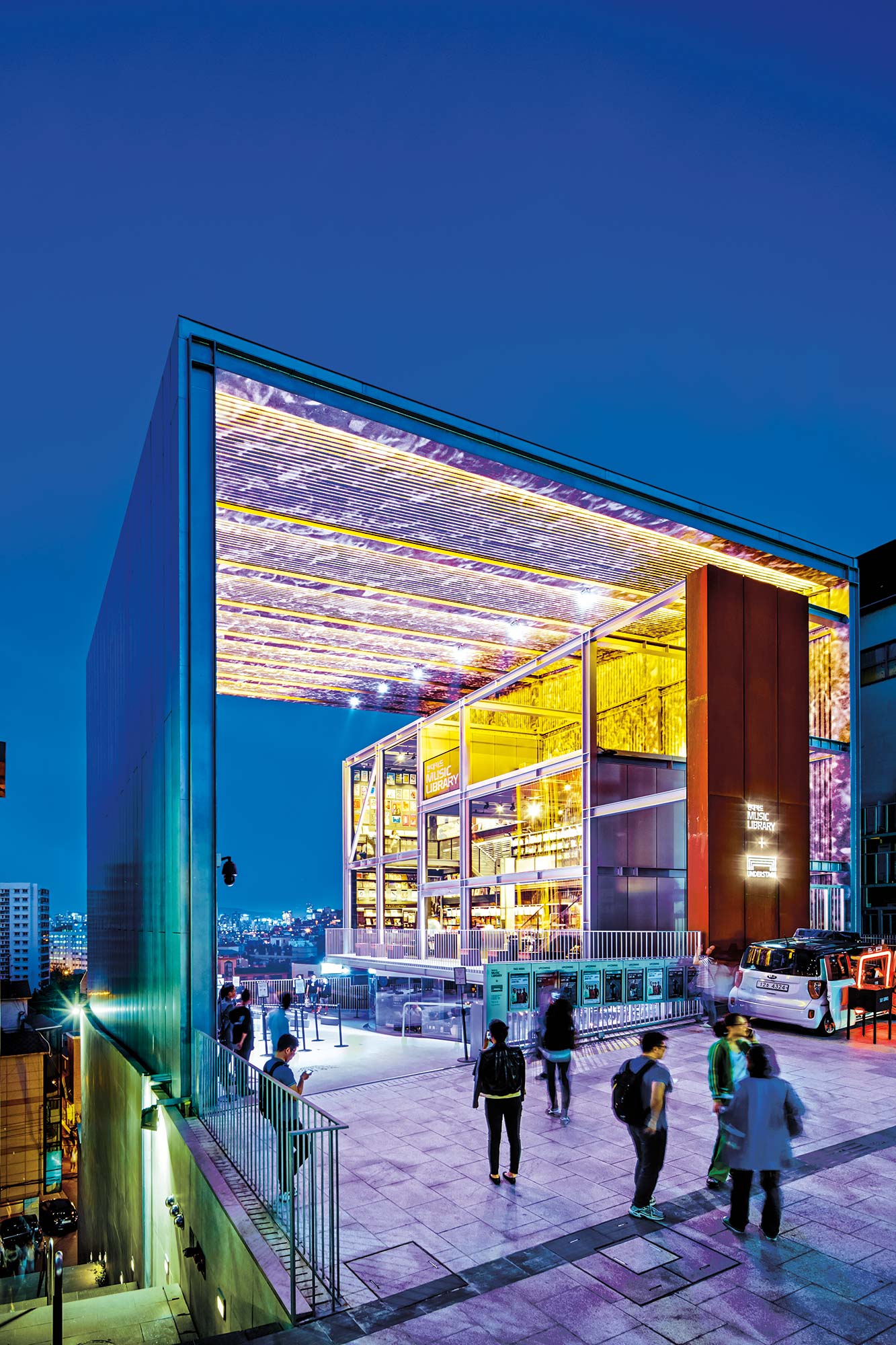
Entertainment venues offer customers the potential for immersive settings that deliver authentic, collective, real-time experiences for families, couples, and individuals to share and remember. Consumers want to direct all of this, to be the storytellers—even as they need the venues to make it come together. Handling this relationship shift is entertainment’s challenge and opportunity. Co-creation is evolving beyond customization, engaging the appetite for involvement. This will mean opening up key experiential processes to a wider audience—not as a passive, mute “suggestion box,” but as active participants in shaping the venue and the activity.
Cultural relevance is a source of pride for domestic consumers, as well as a growing part of global consumers’ entertainment offerings. With continued growth of the new middle class, there will be an increased appetite for domestic tourism. Emerging markets proudly display and export their local cultural identity through re-created symbols, lifestyles, and traditions.
While traveler segments over the past decade were primarily classified by business versus leisure, the next generation of traveler classifications will be more focused on travelers’ behavioral patterns and expectations. Hotel providers can cater to each group’s distinct needs and characteristics—from cultural purists and ethical travelers to reward hunters and social capital seekers. To better serve these new segments, hospitality brands are developing places for “members”—people with strong affinities—revamping loyalty programs and creating exclusive experiences to bond with and grow their clientele. They’re creating club-like spaces that appeal to lifestyle categories and behaviors, rather than demographics, allowing people to come together based on the brands they affiliate with and the experiences they want to have. Hyperpersonalized, bespoke packages satisfy guests’ desire to collect new skills and authentic, immersive experiences.
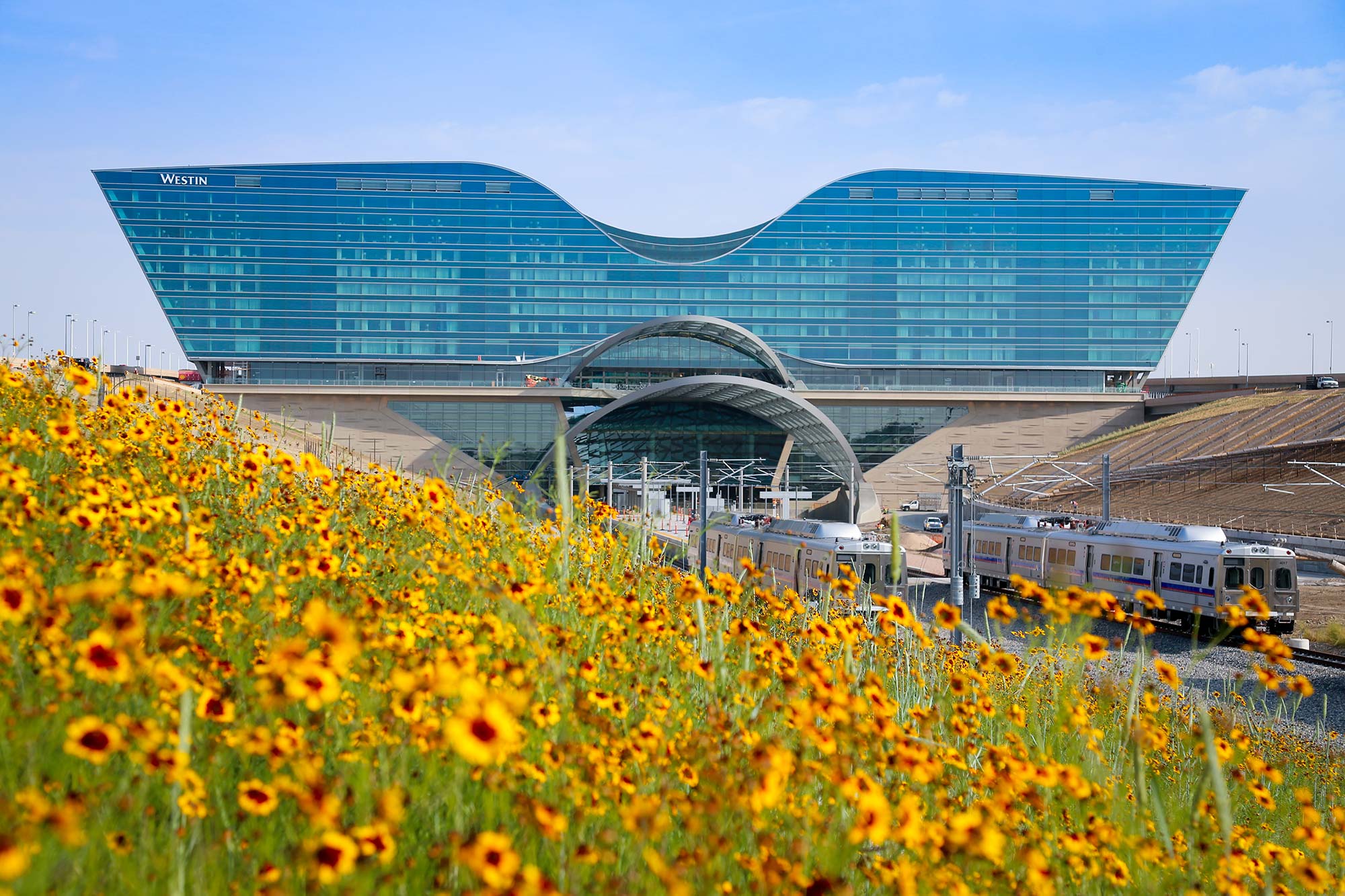
Technology is also redefining hospitality. Location services offer added value to guests with mobile apps that recognize preferences and offer membership benefits, mobile room key technology, and check-in/checkout services. In-room handheld devices that provide complete control of the guest environment will become the norm in mid-to upper-scale markets.
Younger generations, including Millennials, often choose where they will live before they consider their careers. As a result, live/work environments are being redefined. Mixed-use developments will be designed to “flex” in this regard. Residential and office spaces will need to be better designed to coexist and create 24/7 settings.
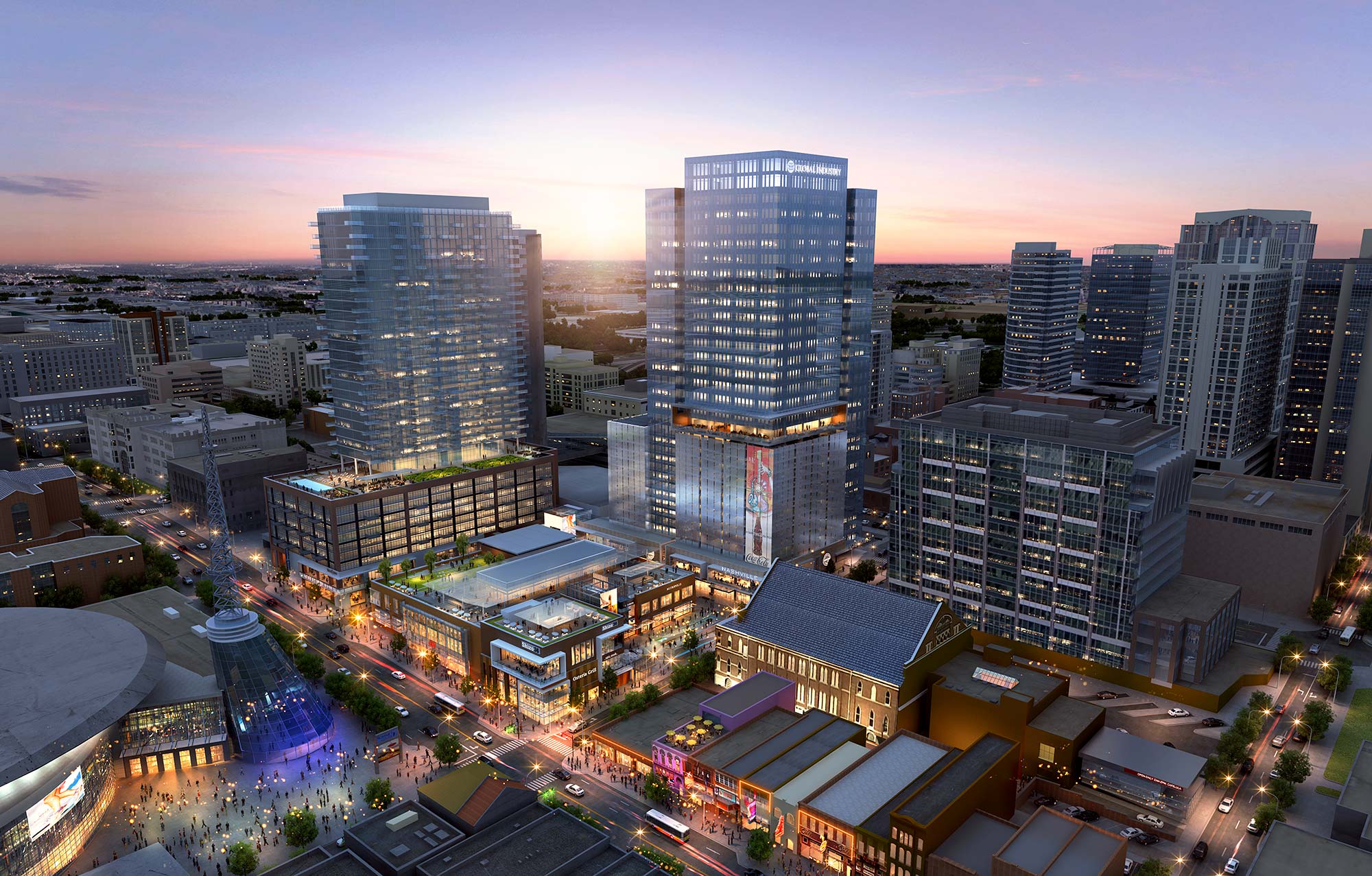
The next generation of infill projects will be in the typical industrial “ring” or “band” that separates the urban core from suburbia. This new form of infill will develop along transit nodes. It will require a new point of view and design vocabulary regarding scale and the incorporation of open/green space with an urban-like walkability.
In some economies, the opportunity for urban renewal, revitalization, and redevelopment has never been greater. Mixed use will be the go-to choice to do more with less in urban areas by maximizing land values through activation—adding density to enhance, rather than disrupt, the city’s existing fabric. Respectful rehabilitation becomes the norm as over-building proves to be less sustainable. Old is the new “new.”
Within the next 10 years, the continued trends of urban and suburban densification and global urbanization will have changed the residential landscape in larger markets and will be under way in smaller markets.
Fueled by the sharing economy and the cost of personal home ownership, communal housing will become acceptable to residential segments like post-college adults, single parents, and the elderly. The community arrangement offers financial and social benefits. Community-based offerings, such as cohousing, provide affordable housing solutions for seniors, younger renters, and entrepreneurs, who may tend to embrace opportunities for relationship building and casual connections. A menu of amenities are shared among cohabitants, but can also be reserved.
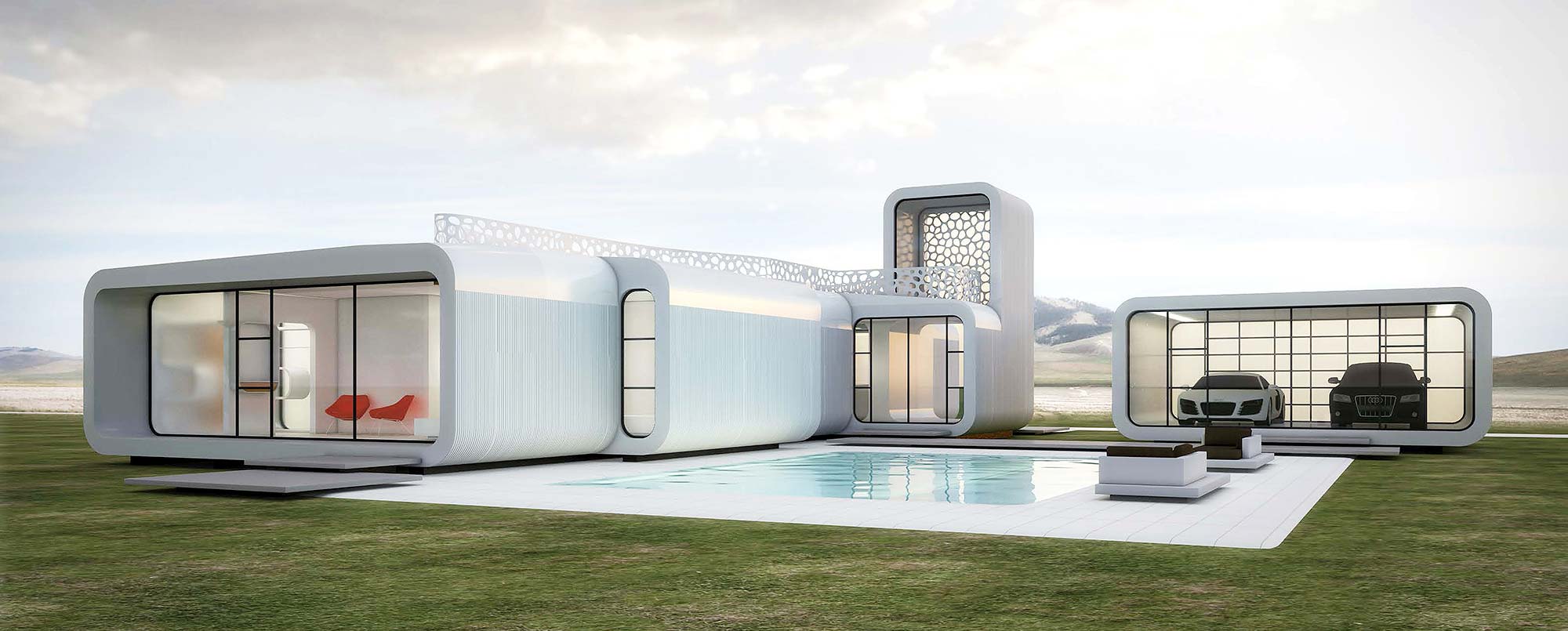
Renters and buyers in urban markets want options supporting convenient, mobile, and social lifestyles. Changes in work style and lifestyle will increase the need for part-time housing as people with mobile lifestyles seek places that pair the conveniences of a hotel with the comfort and familiarity of home.
In response to these changes, mixed-use developments are increasingly introducing a housing component. Many new “residential” projects include office, retail, and hotel uses on a single block. With their smaller floor plates, older downtown office buildings are ideal for residential conversion.
The suburb isn’t dead, but it craves the advantages of city living. That’s leading to an emerging residential market, the “uburb,” midway between the city and the suburb. Some large employers are collocating with them to tap their housing, amenities, and transit accessibility.
Across global markets, there’s a need for new types of informal and formal settlements. Developing countries have special concerns; for example, secure land tenure, economic stability, and safe and sanitary conditions. While governments, NGOs, local landowners, and contractors cooperate, informal settlements still occur. These makeshift dwellings also need schools, places to work and gather, and access to services.
Great products (and experiences) blend seamlessly into our daily lives. Even if it’s hard to articulate why, our senses are deeply attuned to—and can even feel anxious about—anything that doesn’t “feel right.” This will shape aesthetic, interactive, and product design, as well as the retail settings where they often converge. As the global market for the Internet of Things is expected to reach $1.7 trillion by 2020, according to research firm IDC, connected devices—from coffeemakers to thermostats—should seamlessly converse and work together.
Consistency in online-to-offline experience is critical as online-only brands establish a physical presence. As digital and physical merge, retail stores are rebranding as community outposts. Digital touchpoints, such as virtual or augmented reality, offer different types of in-store experiences that younger consumers crave.
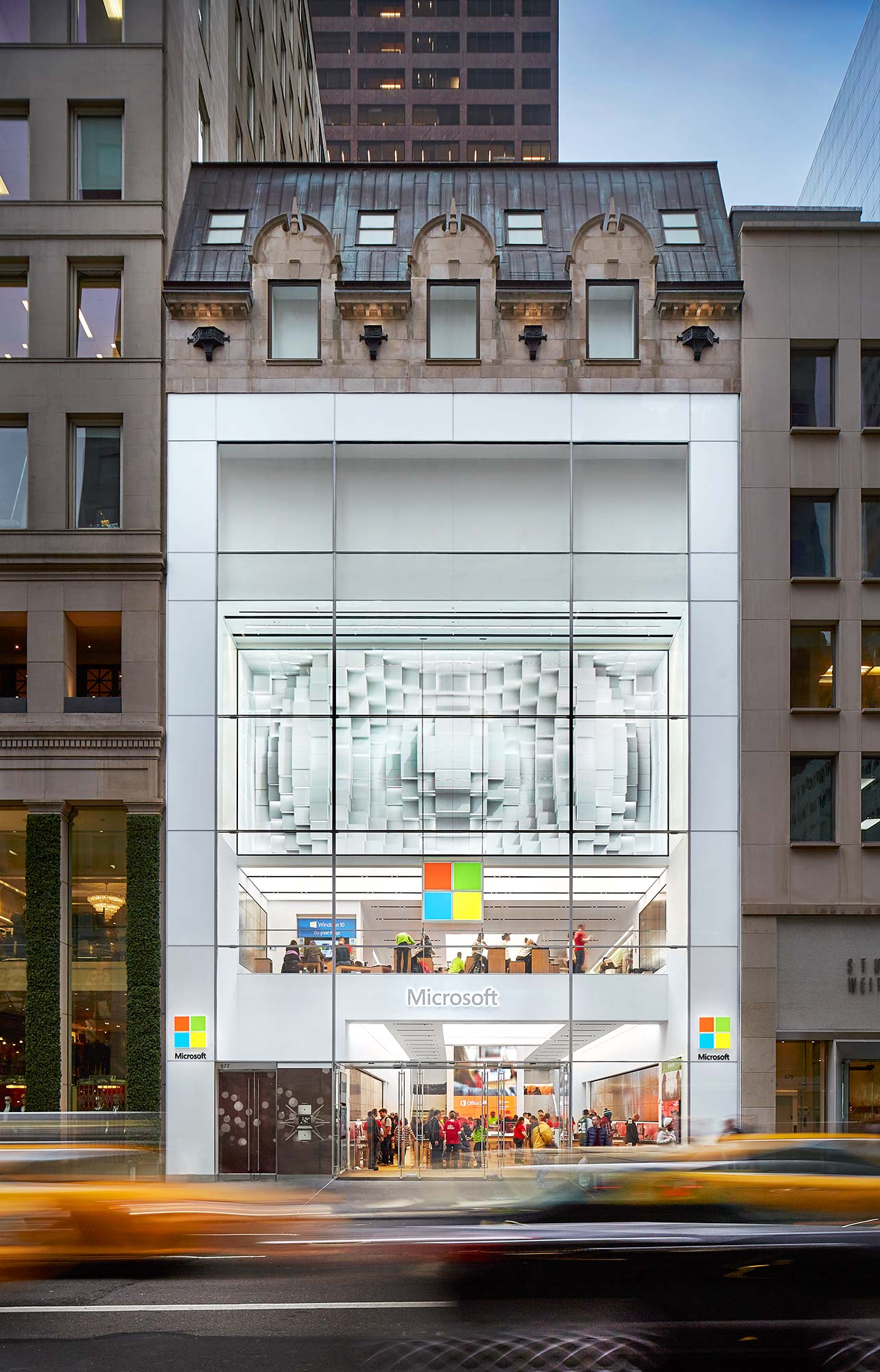
Store environments will become increasingly personalized to anticipate and respond to customer expectations and individual preferences, through smart merchandise fixtures, predictive technology, and customer concierges that offer consumers VIP treatment. Technology will redefine the fashion industry as smart clothing can track the wearers’ biometric data and adapt to their location or event.
Geolocation technology will have a major effect on when and where unexpected experiences take place. Delivery times will become faster and more efficient. These experiences will continue to evolve and get smarter, catering to individual preferences. Similarly, artificial intelligence (AI) helps retailers understand customers and anticipate their needs. Cognitive computing takes this a step further, accelerating, enhancing, and scaling human expertise.
Urbanization is driving small neighborhood store strategies like Walmart Express, City Target, Home Depot, and others. It’s also accelerating the growth of neighborhood lifestyle shopping villages and small independent shops in urban areas.
As retail centers expand into urban markets, they’re increasingly catering to tech-savvy customers. With every mall, store, and brand sitting comfortably in consumers’ pockets (on smartphones), successful retail centers will play by that mobile, 24/7 playbook. At the same time, they’ll use that playbook to identify shopping patterns and preferences.
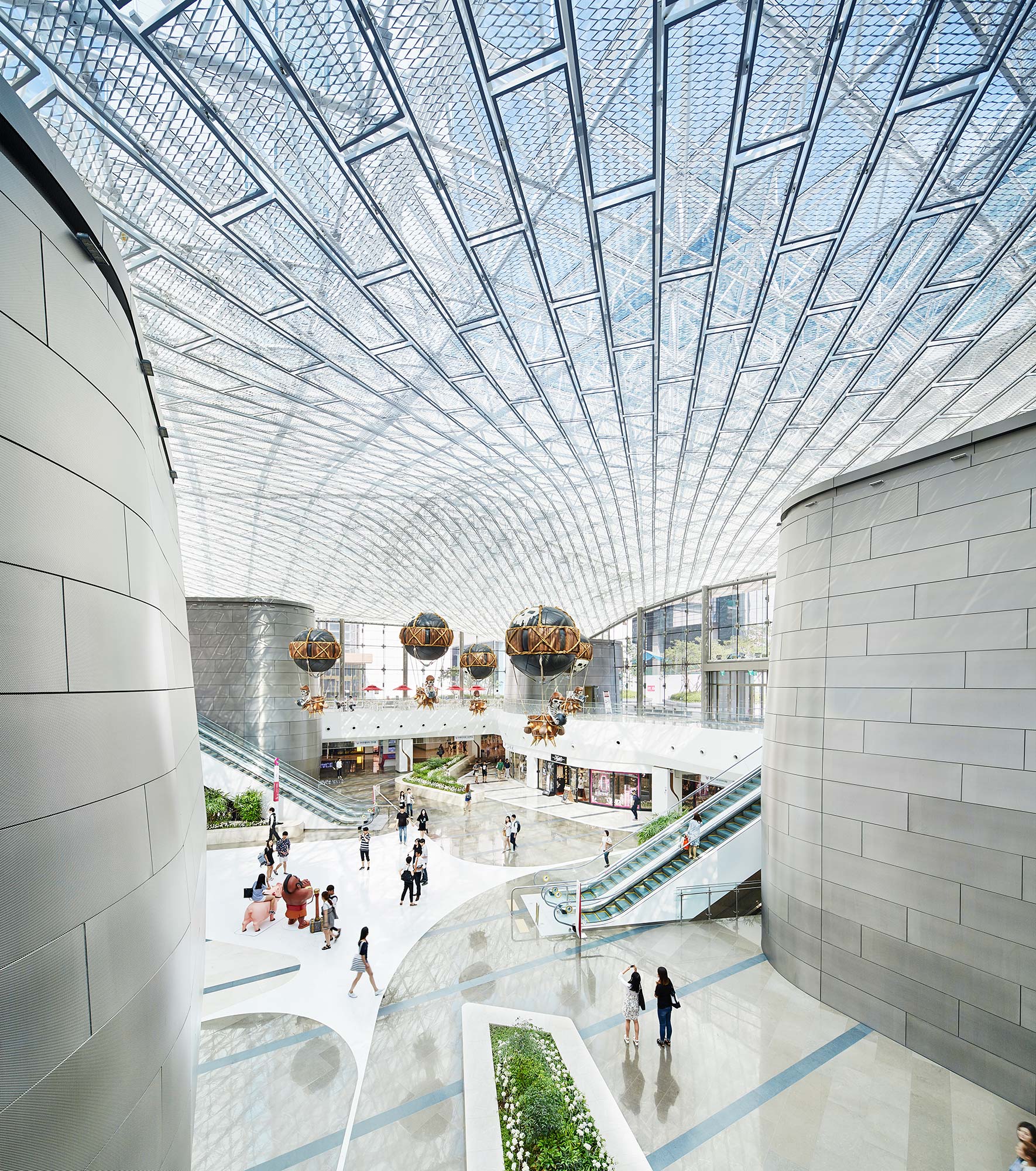
In order to thrive, retail centers must proactively embrace technology to be accessible whenever and wherever the consumer wants them to be; they should be entrepreneurial and engaged. Payment systems capable of integrating other layers of information will create richer, more personalized interactions between retail centers and their customers. Cashless payments and augmented reality can help tie them together with a smaller footprint.
Retail centers will still need to deliver experiences that justify the customer’s journey. As with mixed use, their destination value is a differentiator. Events and other draws will leverage tech’s reach to find audiences and cue up followers.
Sports venues are becoming ever more interconnected. Environmental immersion takes this to the next level, creating opportunities for interactive engagement. Venue-specific tech offerings, from augmented reality photo zones to push-notified promotional opportunities, transform spectators into active participants.
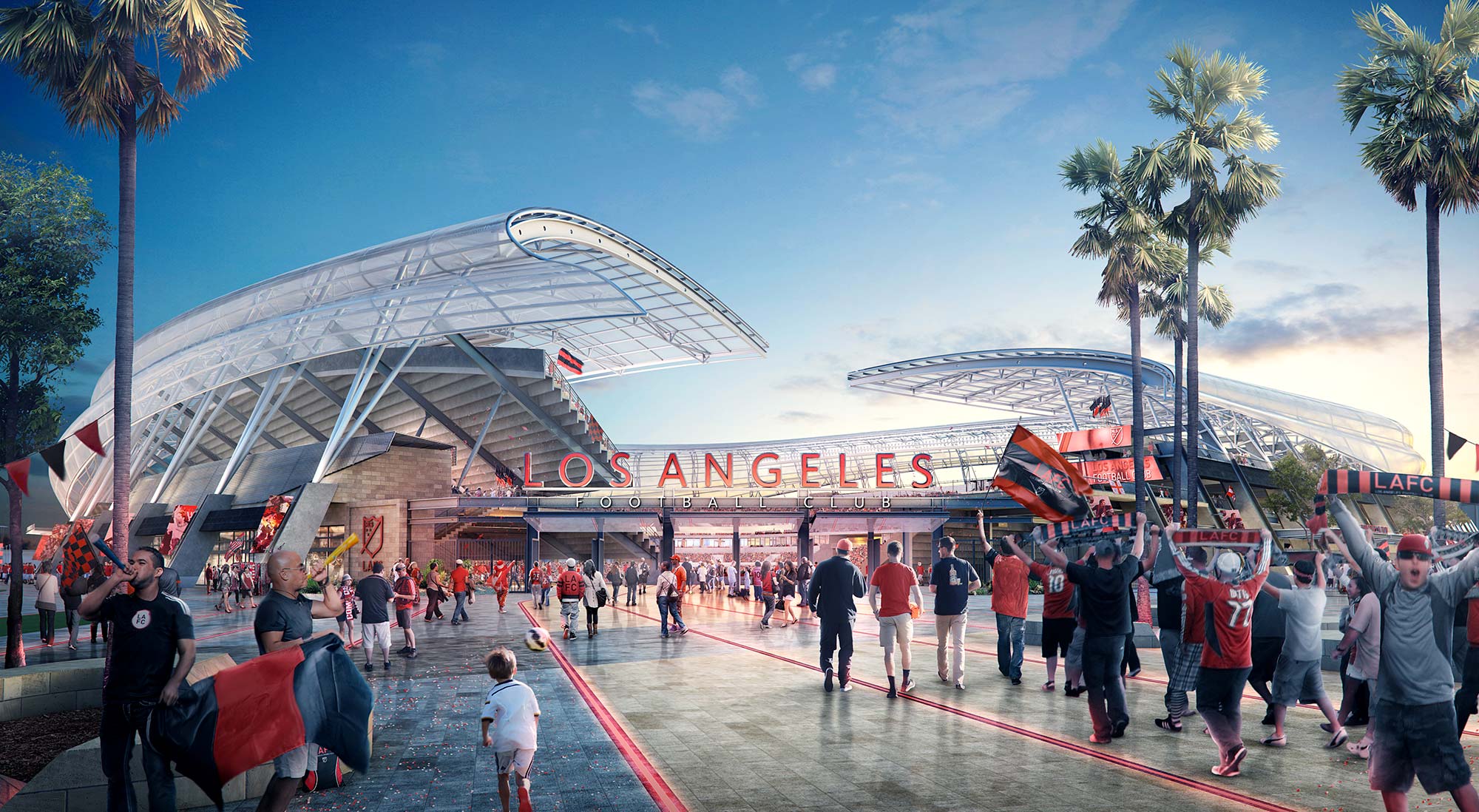
Stadiums are the next frontier for wearables, generating infinite opportunities for product customization and collectibility for fans, and revenue advantages through promotions and analytics for teams. A single wearable device can act as your ticket, room key, fast pass, map, crowd flow monitor, and credit card. While in-stadium technology will help support a more flexible, customizable fan experience, the collective passion found on game day generates a genuine, locally diverse experience that cultivates pride and ownership, and makes attendance worth it.
The desire for authenticity and tailored experiences will propel the next generation of venues, which will avoid the generic and celebrate the local. Whether it is an immersive, interactive, or collective social opportunity, existing venues will need to continually adapt to the changing economics of each sport, by providing the end user with a more authentic, tangible experience.
Tenants’ long-term needs are driving tall building design, with an inside-out approach supplanting iconic form making. The increasing use of split, offset, and perimeter cores in new towers reflects this. These core arrangements offer greater flexibility in adapting buildings to future requirements, and make it easier to introduce interior stairs and atria that connect tenant floors and provide daylight and natural ventilation.
Façades are no longer for weather protection only; they are an integral part of a tower’s strategy for reducing energy use and increasing human comfort and amenity. Double skins have given way to truly usable interstitial spaces. Nanotechnology will make skins more environmentally responsive. New materials will also reduce the weight of façades while improving their performance. Digital design, fabrication, and logistics will speed start-to-finish times for tall buildings. They will also set the stage for increasingly automated systems testing, calibration, and operation, enabling faster, better-supported tenant occupancy.
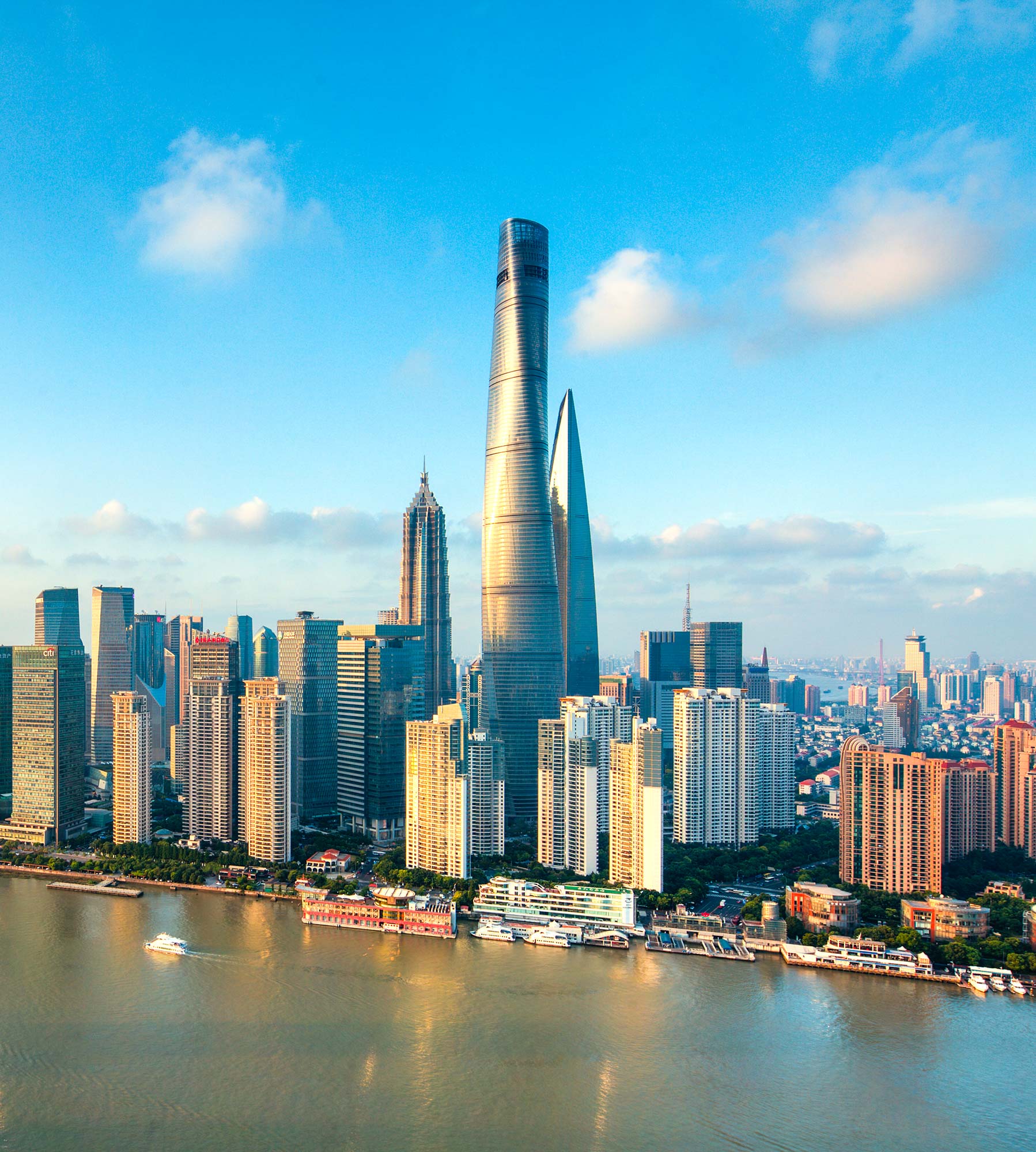
Vertical living offers opportunities for densely populated cities to accommodate growth, and Asia will continue to lead the charge. But the market for tall buildings is expanding as Chinese and other offshore investors and developers are moving into overseas markets, including Europe and the United States. Residential towers are a fast-growing category in these markets. Transit access and a mixed use program (or proximity to those uses) will be crucial to achieve sustainable urban living.
